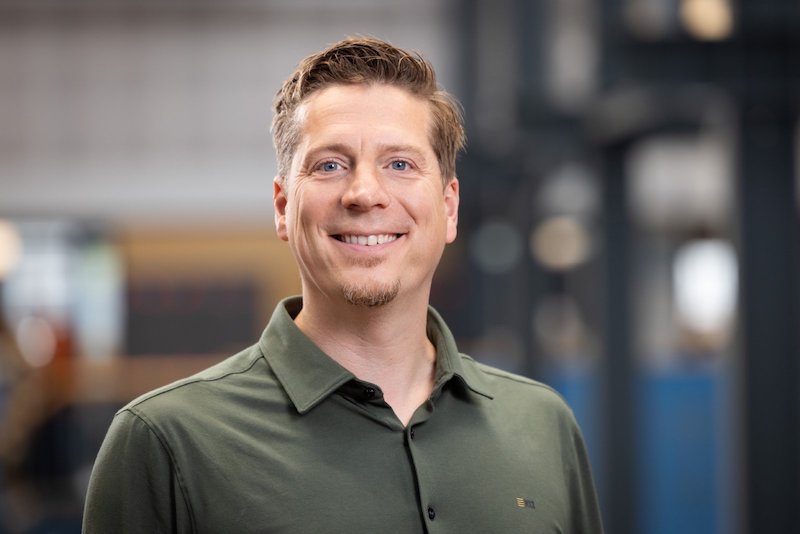Je winkelwagen is momenteel leeg!
Mechatronics disrupted?
In next-generation high-tech and mechatronic systems, extreme functionalities and performance requirements demand a multi-physics systems approach. The control systems will become adaptive, auto-tuned, will be implemented in optimized hardware and software architectures, and will employ effective (wireless) communication. Whereas in more classical designs the different modules can be treated in isolation, next-generation systems will require further integration. Control, communication and software will interact interdependently to realize the real-time performance requirements. In addition, the field of systems engineering as a systematic tool for the conception, design and performance prediction of complex equipment must be further developed.
The field of robotics could be treated as a separate research area, next to mechatronics, but for instance the speed requirements of industrial robots or the accuracy requirements of surgical robots necessitate the inclusion of the description of dynamical behaviour of the robots. The change from rigid body modelling towards flexible systems directly touches on the heart of mechatronics. The same holds for the systems engineering thinking and system topology optimization, which is also relevant for the agro food applications of robotics, and also in the emerging field of additive manufacturing. So where does mechatronics end and robotics start?
The shift from decentralized mechatronic systems towards networked connected systems is known as the field of cyber-physical systems, referring to the field of cybernetics. The research questions are how to guarantee stability and performance during or after packet (information) loss, and how to deal with variable delays. The domain is even further away from the hardware mechatronics, but is developing so rapidly, that we should ask the question how to embrace the potential of network-controlled systems. In the next decade the explosion of the internet of things further necessitates finding the answers to this question.
Inloggen
Problemen met inloggen? Bel dan (tijdens kantooruren) naar 024 350 3532 of stuur een e-mail naar info@techwatch.nl.


